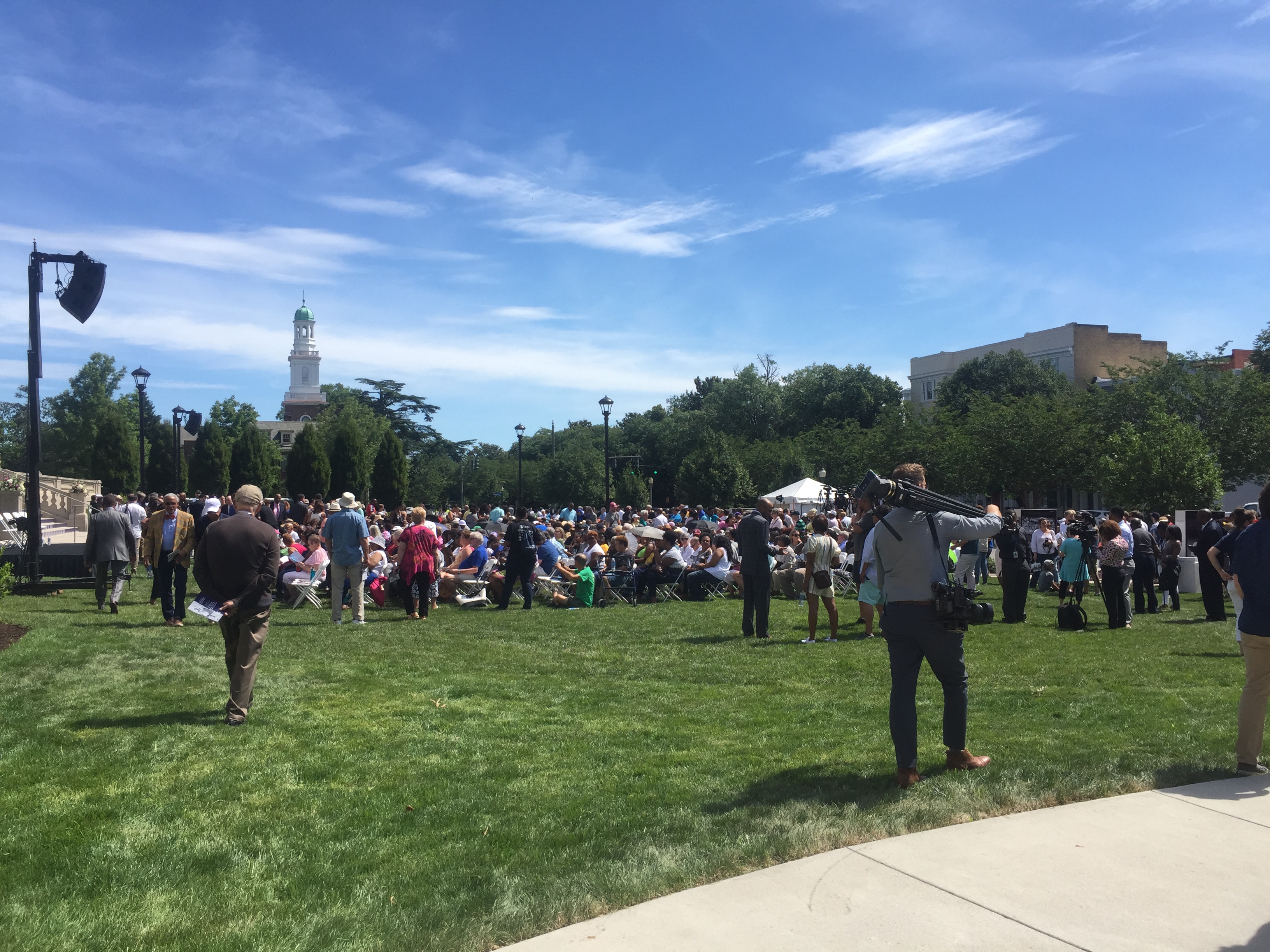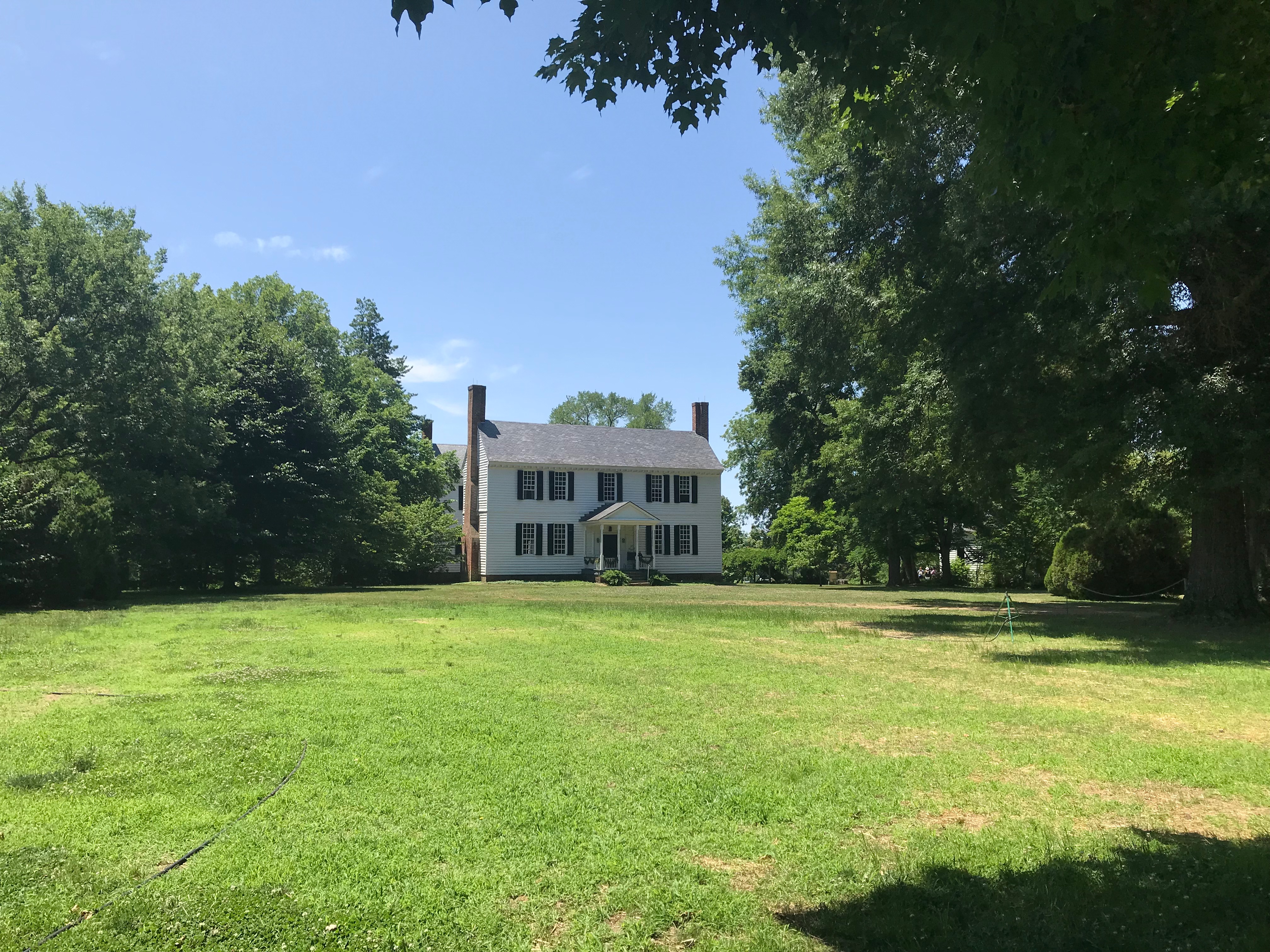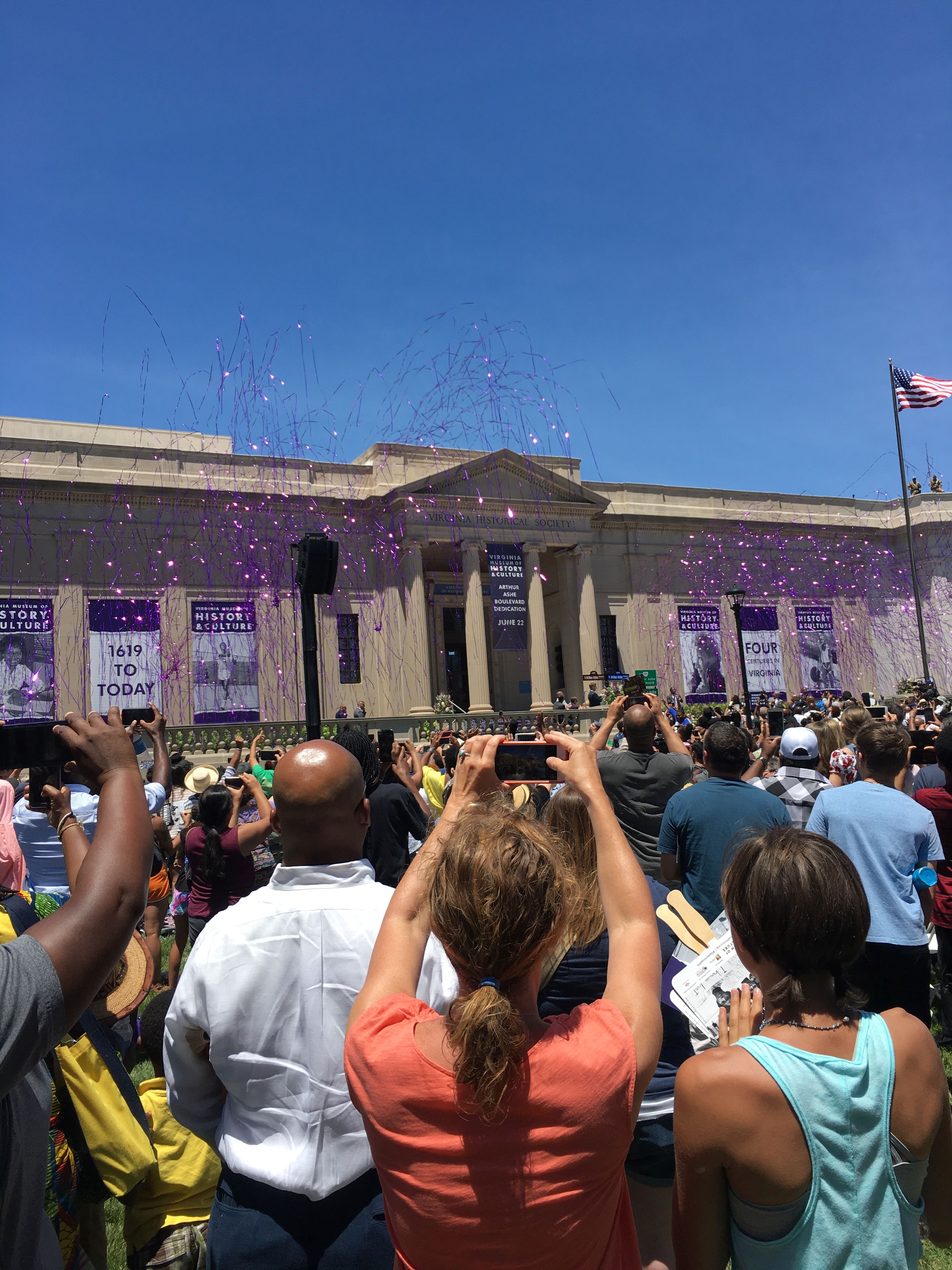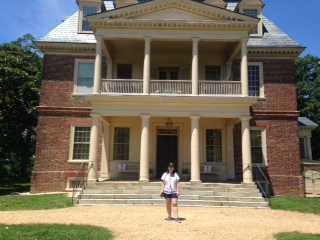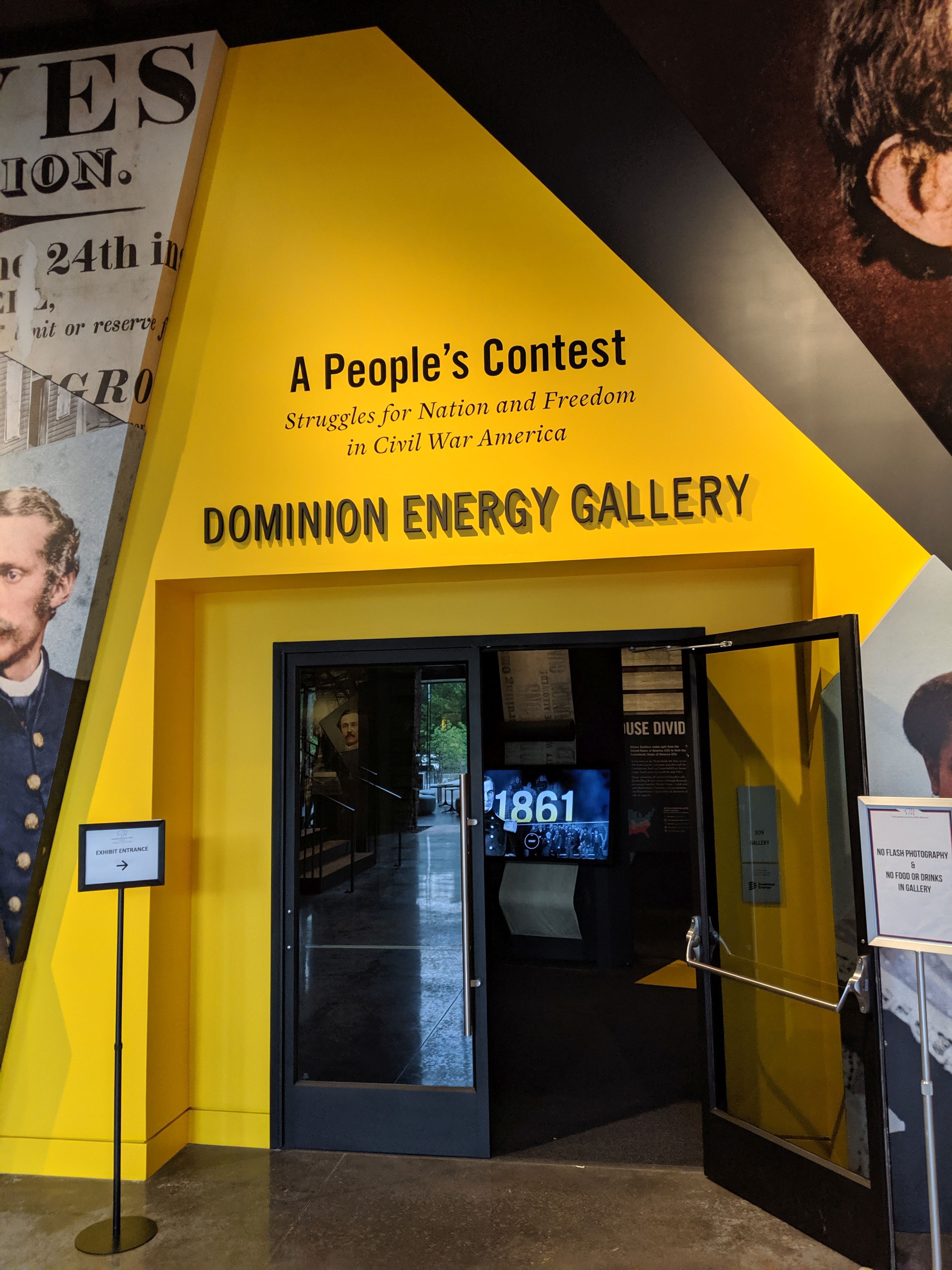by Sabrina Garcia
Sabrina Garcia is a junior from, Waldwick, New Jersey double majoring in Leadership Studies and English and minoring in Women, Gender, and Sexuality Studies (WGSS). This is her first year working on the Race & Racism Project, on Team Archive. Sabrina is in the WILL* Program, works as a writing consultant, and is training to be a PSMA. She hopes to dedicate her career to social justice and believes in the mission of Race & Racism wholeheartedly.
 Having never been to a plantation before, I was astounded by the eerie beauty of it all. Upon arriving to Tuckahoe Plantation, down a long never-ending dirt path, I was in awe of the luscious gardens and picturesque colonial home that stood in the center of the land. This plantation is well known as the childhood home of Thomas Jefferson and is now a popular venue for weddings and parties. An elderly women’s church group accompanied us upon our tour of the grounds, and I soon came to learn that many of the women were Westhampton College graduates. The tour guide was a beaming young woman who recounted tales of the war, detailing the story of owner Virginia Allen using her southern hospitality to charm a Union soldier into not burning down the plantation during the height of the Civil War. There was also a tale of a jealous suitor throwing a torch through a window, with a visible scorch mark on the floor as proof. I could not help but notice the reactions of our company, as the women were delighted to hear these small stories that brought back days they had only heard of.
Having never been to a plantation before, I was astounded by the eerie beauty of it all. Upon arriving to Tuckahoe Plantation, down a long never-ending dirt path, I was in awe of the luscious gardens and picturesque colonial home that stood in the center of the land. This plantation is well known as the childhood home of Thomas Jefferson and is now a popular venue for weddings and parties. An elderly women’s church group accompanied us upon our tour of the grounds, and I soon came to learn that many of the women were Westhampton College graduates. The tour guide was a beaming young woman who recounted tales of the war, detailing the story of owner Virginia Allen using her southern hospitality to charm a Union soldier into not burning down the plantation during the height of the Civil War. There was also a tale of a jealous suitor throwing a torch through a window, with a visible scorch mark on the floor as proof. I could not help but notice the reactions of our company, as the women were delighted to hear these small stories that brought back days they had only heard of.





